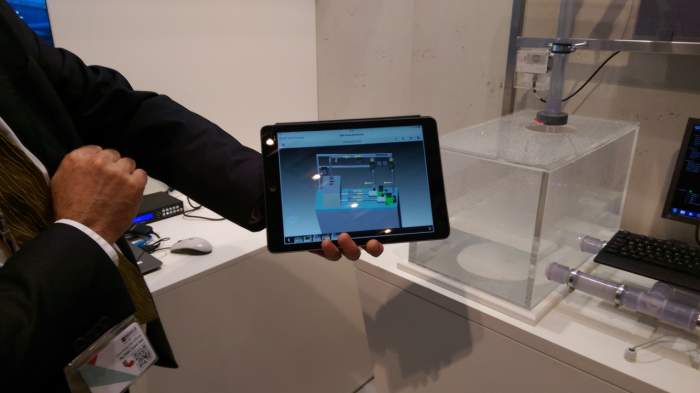The Story of SAP HANA from BuzzWord To Reality
An Inseparable Element of the Economy-Stainless Steel Bright Bars
March 29, 2019
A Detailed Description about Getting a Workout Loan
March 29, 2019H (High Performance) AN (Analytic) A (Appliance) is a column-oriented, in-memory, relational database management system marketed as well as developed by SAP. It all began when Hasso Plattner and his SAP colleagues perceived that, over the time, more and more data and information is created and accumulated. Till few years, that information couldn’t be used effectively. The data was too large to examine and the IT modules did not allow quick ‘real-time/ad hoc’ processing. The result was the outcome of less quality decision making not favourable for the effective functioning of business.
The first version of HANA had come out in 2010. Gradually, it continued to progress in the sense that the products of SAP are, one after the other, being ‘HANA optimized.’ It is not a substitution to the database platform at present but more functionalities are added. Most of the consultants and customers will be of the idea that HANA is not yet ready for productive use. As a true believer of SAP HANA, I feel that we should see what is future will bring or is already bringing.
HANA is becoming a platform that can be affordable in terms of hardware and license. The in-memory solutions are turning into commodity. On top of this, SAP has opened its certification program for various hardware vendors, which resulted in pushing down the appliance prices. SAP has already shown a strong commitment and focus to deliver. Brand new tools and functionalities are becoming HANA based, like Fiori Apps and self-service tools. HANA is no longer termed as a database platform only but has become the future development program and brings high value to the customers. It is provided with tools (like Rapid Deployment Solutions) and detailed migration paths. This makes the migration to this technology much simpler which is an additional win for both consultants and customers. The focus on the end customer is vital in the present day market that is changing very quickly. If an organization fails in keeping the promise it has made earlier, it will struggle extremely hard to survive. Here are a few examples of the processes that need such agility:
- Adequate/ accurate store replenishment critical in keeping the ‘missed/lost’ sales to a minimum
- Planning of fast/flexible material requirements
- Product lifecycles that need even quicker follow-up and this, among the others, to reduce or avoid obsolete stocks
The examples that re stated above address how to examine the data at the moment for the purpose of ad hoc analysis. But, think about predictive analytics that takes things a step ahead i.e making predictions depending on the available data. We could imagine new services and business models emerging from these new data capabilities. HANA is being used by world’s leading IT organizations today. Many IT professionals are obtaining training in SAP HANA and making their careers in this field due to many innovations in this field that are coming up day-by-day and the job and salary trends of this field. Finally, all I want to say is that there is a great future ahead for the HANA professionals.


